Why Scale Matters in Luxury Goods

In 2004, LVMH Moët Hennessy Louis Vuitton famously won $38 million in a bias suit against Morgan Stanley — among the contentious claims at the time in the bank’s equity research was that the Louis Vuitton brand was “reaching maturity.”
As if.
More from WWD
The world’s largest luxury brand by revenue continues to grow at a brisk clip, and is now five times the size it was in 2004, according to market sources.
Suffice to say that scale matters in the fashion and luxury sector now more than ever, say analysts and academics.
“We believe that larger companies will continue to outperform,” said Erwan Rambourg, global head of consumer and retail research at HSBC. “I feel that all large powerful brands have become generalists, and do not have a ceiling to growth either.”
Among them, “we see the meteoric rise of Dior continuing with stars being aligned,” he said, also forecasting a “reawakening of Gucci after a period of underperformance” thanks to the brand’s 100th-anniversary festivities and the feature film “House of Gucci” by director Ridley Scott likely to have a strong halo effect on the brand.
“Conversely, Hermès’ growth might not be as strong relative to peers later in the year and early next year as the brand is capped in terms of volume capacity in its core handbag category and unwilling to put through hefty price increases such as those Chanel or Louis Vuitton are putting through,” he noted. “Cartier is already well beyond 5 billion euros in sales and it is quite clear that Tiffany has the potential to get there quite quickly as well.”
In his view, Burberry, Prada and Armani, if well run, could likely aspire to that level of sales as well since they have sufficient brand equity and enough unique traits to theoretically get there.
In recent years, luxury brands have widened their offerings of casualwear and streetwear, small leather goods, color cosmetics and footwear, allowing them to appeal to a broader swath of consumers, analysts agreed, also flagging the importance of collaborations with relevant artists and designers to further fuel their notoriety.
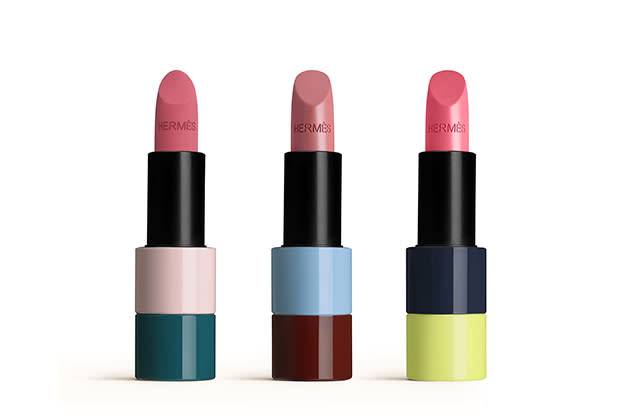
Courtesy of Hermès
In Rambourg’s estimation, the financial might of luxury’s biggest brands allow them to dominate the social-media discussion and to win the real-estate battle within shopping malls and high streets. What’s more, they also have the capacity to invest in data analytics, CRM systems, concierge services and more to attract new consumers and keep existing ones happy. Knowledge is power in what remains a crowded luxury industry, and scale enables you to rely less on third-party partners and thus derive insights from selling at retail.”
Experts flagged a range of market dynamics that are helping the largest players grow the fastest.
“Major luxury brands benefit these days from three main drivers: First, a catch-up effect after the pandemic; second, a massive shift of consumption to online, and third, the continuous rise of a new global middle- and upper-middle class,” said Frédéric Godart, associate professor of organizational behavior at French business school Insead.
“We view this as late-stage sector consolidation: Bigger brands are increasing their market share versus smaller brands,” noted Piral Dadhania, an analyst at RBC Capital Markets, who rates scale as an important factor.
“Larger brands are growing faster than smaller ones as they have broader product offers, more balanced regional and consumer mixes, and larger marketing budgets to advertise,” he added. “Smaller brands have been finding it increasingly difficult to ‘turn around’ and in general have underperformed larger brands in terms of revenue growth.”
The contrast was marked during the second quarter, when revenue growth versus 2019 stood at 40 percent at LVMH’s fashion and leather goods division, 33 percent at Hermès, 22 percent at Richemont and 11 percent at Kering.
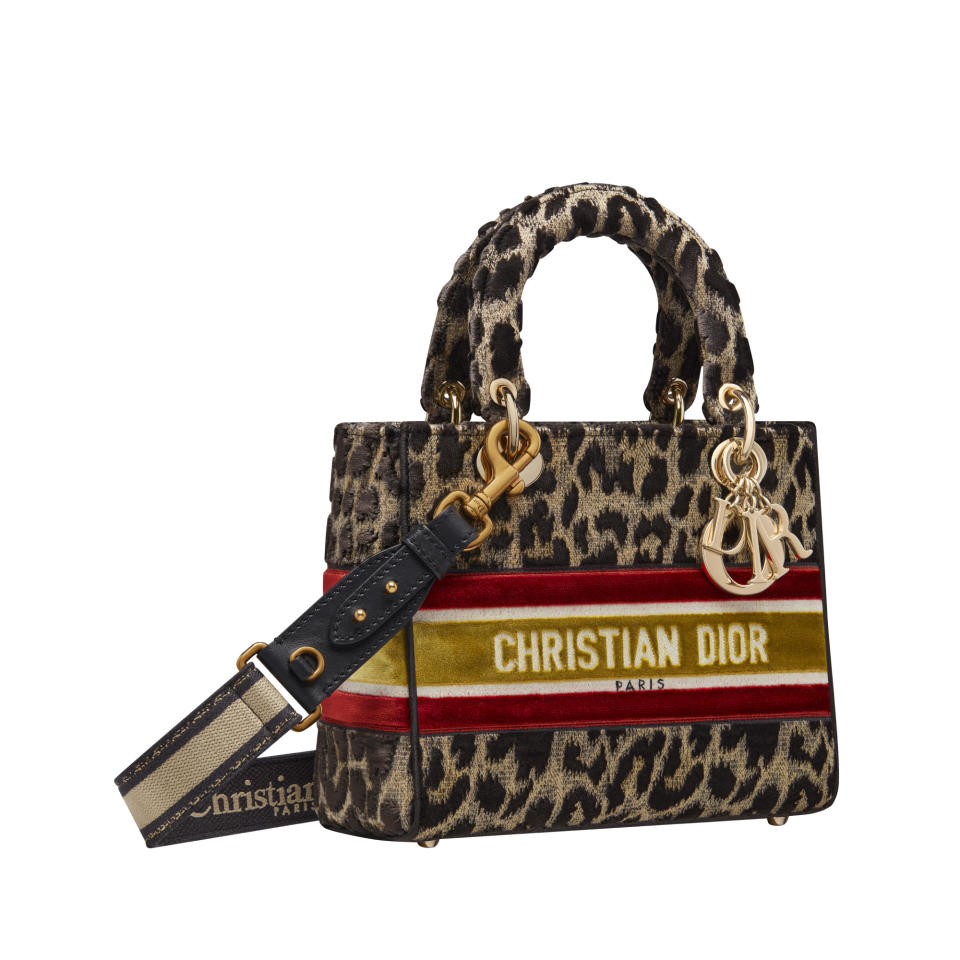
According to RBC calculations, “strong brands,” those with growth rates above the unweighted luxury sector average, are now fewer in number and with a wider growth differential versus less strong brands — with 15 points difference between 2016 and 2019 versus only 10 points between 2010 and 2015.
Thomas Chauvet, managing director and head of luxury goods equity research at Citi in London, said the industry is becoming more polarized, with the conglomerates generating faster sales growth, earnings growth and share-price performance, and many monobrand and mid-size players falling behind.
“The biggest brands in the industry tend to be the most profitable ones,” allowing them to invest in further supporting the brand, product innovation, retail network and the overall customer experience, Chauvet said. “You have the ability to keep competition at a distance.”
Brands with revenues of 100 million euros to 200 million euros tend to have an operating margin of about 10 percent. This compares to about 15 percent for brands with revenues between 500 million euros and 1 billion euros. This rises to about 20 percent for brands that have crossed the 1 billion euro threshold, to 25 percent for those doing between 2 billion euros and 3 billion euros, and to 30 percent or more for those generating 5 billion euros.
“This is a rule of thumb and there will be exceptions, of course,” Chauvet noted. “Smaller brands tend to be less profitable due to less efficient absorption of fixed costs.”
Louis Vuitton is considered the biggest luxury brand in fashion, with full-year 2021 sales estimated to reach 17.5 billion euros, according to RBC.
Chauvet touted the benefits of Vuitton’s “two strict dogmas: no wholesale and no discounts.” Many luxury brands are still in the process of trimming their “residual brick-and-mortar wholesale business as a way to enhance control over distribution and brand equity,” and can take up to several years to exit, he noted.
Meanwhile, Vuitton, which pursued an astute product diversification and premium-ization strategy under chief executive officer Michael Burke, has enjoyed a number of successes in recent years beyond leather goods, including high-end fragrances, high jewelry and watchmaking, and luxury casual streetwear under men’s artistic director Virgil Abloh. All of this supports new customer recruitment and energizes its core leather goods business, Chauvet explained.
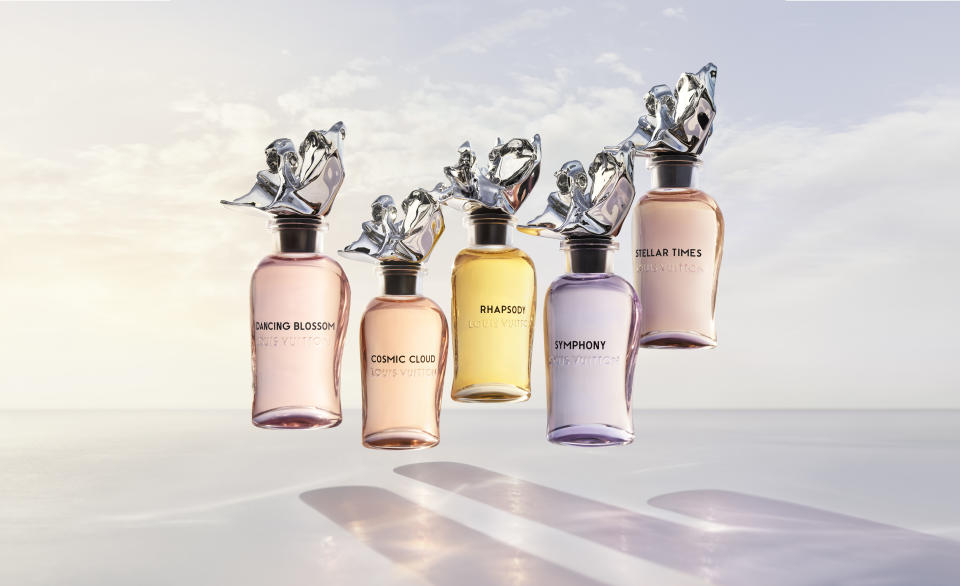
Florian Joye
“When you have the control over distribution, control over prices, you can do a lot of things that help the brand resonate with new consumers,” he said.
RBC’s Dadhania expects the good times to roll on for luxury’s behemoths.
“Economic factors remain supportive for overconsumption of luxury goods in the next six to 12 months,” Dadhania said. “Excess savings, wage inflation, asset price inflation all contribute to increasing disposable income and ‘feel-good’ factors which are relevant in the purchasing-decision pathway for luxury goods.
“Luxury goods is a sector that is amongst the most defensive in the consumer universe from inflationary pressures given strong pricing power,” he added.
Rambourg noted the “buy less, buy better” attitudes that have been prevalent over the past 18 months, heightening the relevance of leading brands and within those of “signature” or “iconic” products.
“Separately, a post-COVID-19 era has seen the emergence of first-time purchasers who want to be part of the club and flock to leading brands as an insurance of getting it right,” he said. “We still very much believe that luxury is driven very strongly by new recruits, first-time purchasers, rather than repeat purchasers. I trust it has been the case that many of the purchases made since COVID-19 hit have enabled brands to welcome consumers they had never seen prior.”
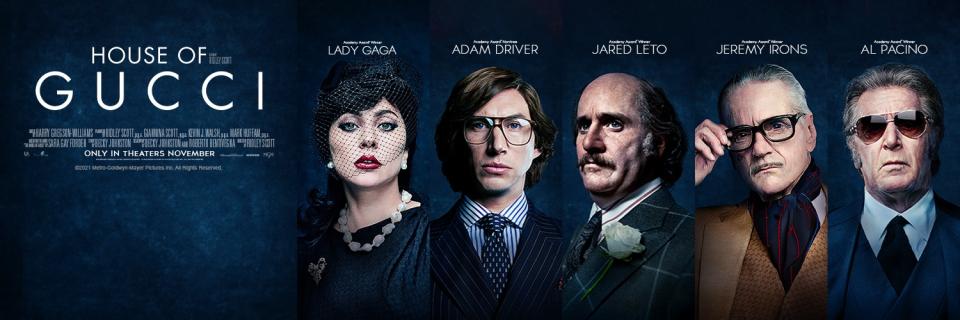
Courtesy of MGM Studios
Analysts agreed that the multibrand or conglomerate model still holds.
Chauvet noted that smaller brands that are part of a conglomerate can often benefit from increased capital allocation and from sourcing, real estate and marketing synergies, while also having access to a talent pool within the group.
“You don’t have that many success stories of small brands becoming big without the support of a conglomerate structure or an anchor investor,” Chauvet said.
According to HSBC’s Rambourg, scale confers “vast” advantages in terms of voice in a crowded space; authority, by being in the driver’s seat with suppliers and clients; synergies in terms of finance and know-how, and talent, since large groups offer high performers rich careers.
What’s more, “scale trumps synergies as brands are run for sales growth and brand equity with high margins being a natural consequence, not necessarily the primary focus,” he said.
Observers see few risks in brands being large, with the most nimble players blunting or avoiding ubiquity quite efficiently.
“With scale and success, there is a risk of complacency and when you lead, you could find it more difficult to find sector benchmarks. Louis Vuitton, Cartier or Rolex are likely looking at Chanel, Tiffany or Patek Philippe, but they really need to look outside the luxury arena or find creative resources internally to continue to attract new consumers and have existing ones come back,” Rambourg noted. “The other issue of scale is in developing bad habits, keeping senior managers too long, resisting change. No one needs luxury. You purchase items because they put a smile on your face. Brands need to find ways to continue to be nimble, fun and flexible despite their size.”
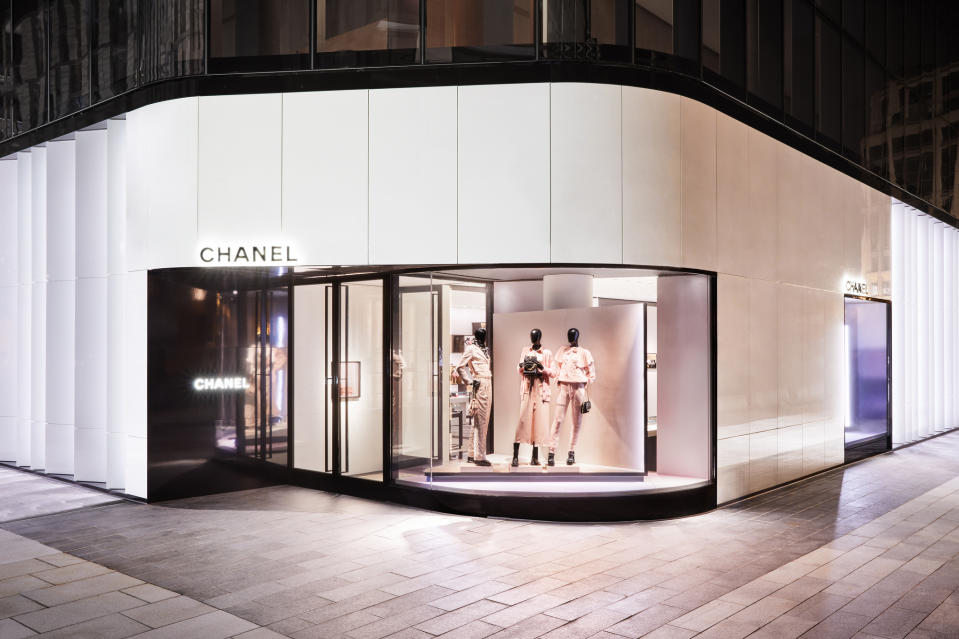
Sam Frost
Is there a limit to how big a brand can get?
Rambourg said he’s been asked that question for 25 years and the answer is still a resounding “no,” though it depends on how brands are managed.
He said eight years ago, Vuitton seemed “a victim of ubiquity,” having focused on opening stores across the planet, while relying on too few references.
“Consumers got bored and started thinking ‘I’ve seen this too much, I’m fed up, LV is too visible, it’s a brand for secretaries,'” Rambourg related.
Fast forward to today, and the brand is generating double the sales since then, “celebrating the 200th anniversary of its founder’s birth, and I haven’t heard any consumer in a while telling me she was fed up with the brand or had seen it too much.”
“Hyper-segmentation of product offering, retail experience, social media content, communication and more has had consumers be surprised and delighted by the brand,” he continued. “Separately, who would have thought LV could build credibility in areas such as fragrances or jewelry just a few years ago. The strength of the brand, its creativity and daring nature have meant that anything is possible.”
According to Godart, the main risk of enormous scale in a luxury brand is to be perceived as “masstige” and not true luxury.
“But the fact is that strong creativity and constant renewal can mitigate this risk. Also cushioning the blow is the rise of a global middle class, and the alignment of luxury with sustainability.
“And if a brand becomes really too big, then conglomerates can grow alternative brands to replace them, and grow as a group,” he concluded.
See also:
Sign up for WWD's Newsletter. For the latest news, follow us on Twitter, Facebook, and Instagram.

